Fast fashion refers to clothing produced quickly and inexpensively in response to recent trends. These garments are often of lesser quality and are intended to be worn only briefly before being discarded.
Table of Contents
The average reading time is 7 minutes. The article was last updated on 15/05/2024.
Fast fashion is bad for the environment
The rapid production and disposal of fast fashion can have several adverse effects on the environment and the people who wear the clothing.

One of the leading environmental concerns with fast fashion is the water and other resources required to produce clothing. For example, it can take more than 2,000 gallons of water to make a single pair of jeans, and the fashion industry is a significant contributor to water pollution. In addition, clothing production often involves using harmful chemicals, which can be released into the environment and contribute to air and water pollution.
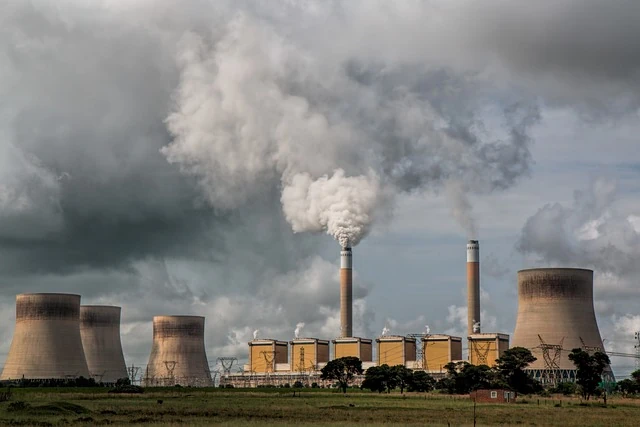
Another problem with fast fashion is the amount of waste it generates. The average person in the United States throws away about 70 pounds of clothing each year, and much of this clothing ends up in landfills, where it can take hundreds of years to decompose. This not only contributes to the pollution of the environment but also means that valuable resources are being wasted.
Approximately 6.9 million tons of waste is sent to the Sudokwon landfill site in South Korea every year, more than any other landfill site worldwide.
source: statista.com
Fast fashion is bad for you

Fast fashion also encourages consumers to buy more clothes than they need. Because the clothing is cheap and trendy, people are often tempted to buy more items than they can realistically wear. This leads to overconsumption and a culture of disposability, where people are more likely to throw away clothing that is no longer in fashion rather than donate or recycle it.
If you want to donate clothes, we find some organizations and links you can see in this article.
The Shein example
Shein is a fast fashion e-commerce platform valued at around $91 billion in early 2022.
The company relies primarily on digital marketing, with more than 23 million followers on Instagram.
The absolute truth about Shein’s clothes is that they are made of cheap materials, and you can not wear them even once. We understand that the price is excellent, but the quality? They only use polyester, nylon, or other synthetic fibers.
One knows who the owner is and what the details of the company are. It is based in China, and that is enough to make us suspicious.
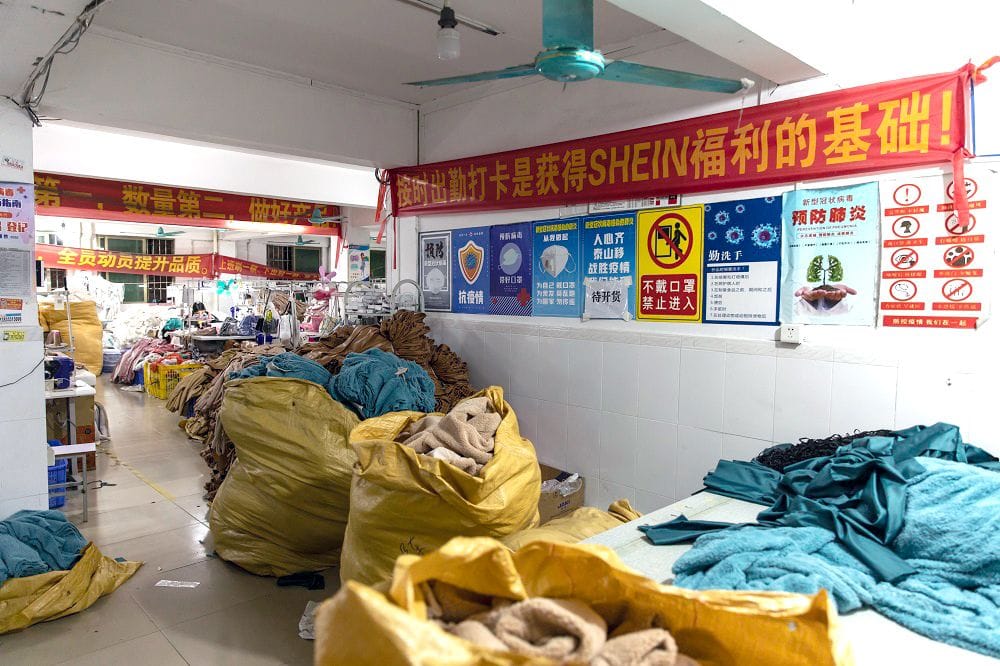
Can you see the problem? If not, let us explain the reasons.
- Employees work 75 hours per week with one day off each month.
- The Chinese labor law states that the maximum hours per week are 40, with 36 hours of overtime per month and one day off each week.
- Employees are working without an employment contract. (no comments here)
- The work is highly stressful because mostly the orders are for small quantities and the times need to be produced quickly. That means that the workers must be experienced or can not meet the deadlines.
- The employees are paid per item, with no minimum wage or overtime.
- Without an employment contract, they don’t have social security benefits. No insurance.
Read the full article here from publiceye.ch
You will think that is normal in Chinese factories. China has a population of 1.44 billion people in 2023. India has the same population of 1.38 billion. Data based on the latest United Nations Population Division estimates.
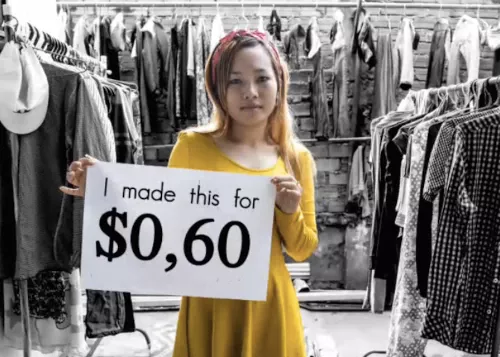
Companies like Shein, with hundreds of thousands of workers, are worsening the problem. Let us know in the comments below what would be the solution.
Zara and H&M
Zara is the king of fast fashion. With over 2,000 stores in 96 countries, they have a revenue of $20 billion annually.
H&M has over 4.800 stores in 75 markets with a revenue of $24.8 billion annually.
The big difference between the two companies is profitability, almost 13% for Zara, against 6% for H&M.
Data is publicly available. You can visit this Wikipedia link for more info.

So what are the problems?
- One major issue is that fast fashion contributes to the overconsumption of clothing, leading to excessive clothing waste. This can strain the environment, as clothing production requires significant amounts of energy and resources, and disposing of clothing in landfills can lead to the release of greenhouse gases.
- In addition to environmental impacts, fast fashion can also have negative social and economic consequences. Fast fashion clothing production often occurs in developing countries, where labor laws and worker protections may be weaker. This can lead to exploiting workers, including unsafe working conditions and low wages.
- Furthermore, the constant turnover of styles and trends in fast fashion can lead to a culture of disposability, in which clothing is seen as disposable and not meant to be kept for a long time. This can promote a loop of wasteful buying and inspire a disregard for the clothing we already own.
- Fast fashion can also contribute to the homogenization of style, as clothing produced by fast fashion companies is often designed to be widely appealing, and trends are quickly copied and reproduced. This can lead to a lack of diversity and creativity in the fashion industry.
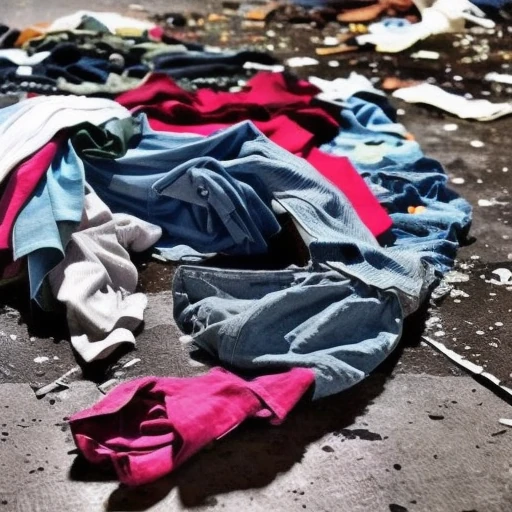
Sweatshops
Sweatshops are factories or workshops that often operate in conditions that violate labor laws. While they are frequently connected to the apparel and textile sector, they can also be found in other sectors, including toy and electronics manufacturing.
Low wages, long working hours, and poor conditions often characterize sweatshops. Workers in sweatshops may be paid less than the minimum wage and may be forced to work long hours without overtime pay. In addition, they may have to work in cramped, poorly ventilated, and unsafe environments. This can lead to various health problems, including respiratory disorders, skin diseases, and other illnesses.

Sweatshops are considered unethical because they exploit workers and undermine labor laws and standards. The sweatshop employees frequently lack the necessary safety gear or training and could even be made to work in hazardous situations. This can lead to accidents and injuries, and it can also contribute to the spread of diseases.
The existence of sweatshops is a significant concern for many people, including workers, labor rights advocates, and consumers. There have been numerous efforts to eliminate sweatshops and improve workers’ conditions. Still, factory owners and other interested parties have often resisted these efforts. For example, trade unions and non-governmental organizations have campaigned to increase public awareness of sweatshops and pressure governments and businesses to improve working conditions.

Overall, sweatshops are a complex and controversial issue, and there is no easy solution to the problem. It will require various efforts from various stakeholders, including governments, companies, and workers, to ensure that workers are protected and treated fairly.
Conclusion
In summary, rapid fashion is a problem because it is unsustainable and could harm humans and the environment, rather than buying cheap, subpar apparel that will only be worn sometimes, invest in higher-quality clothing that will last longer and be more environmentally friendly.
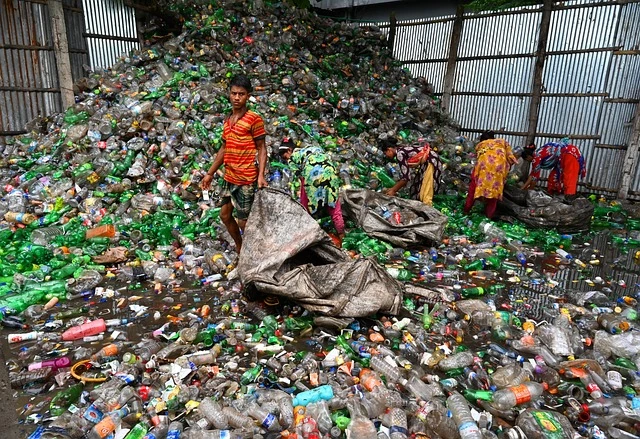
We didn’t mention child labor and other non-ethical and prohibited-by-the-law examples. We should take all reasonable precautions to protect people.

Pashalis Laoutaris
Fashion Blogger
I am a professional writer, fashion blogger, and owner of the site https://laoutaris.com. As a salesperson for more than 20 years, I have experience of 10 years in the fashion industry. I consider myself a true fashionista. I am writing daily blog articles about fashion, tools and converters, and everything you need to know about the current fashion trends.
Share this article
Our Latest Articles
Laoutaris Recommends







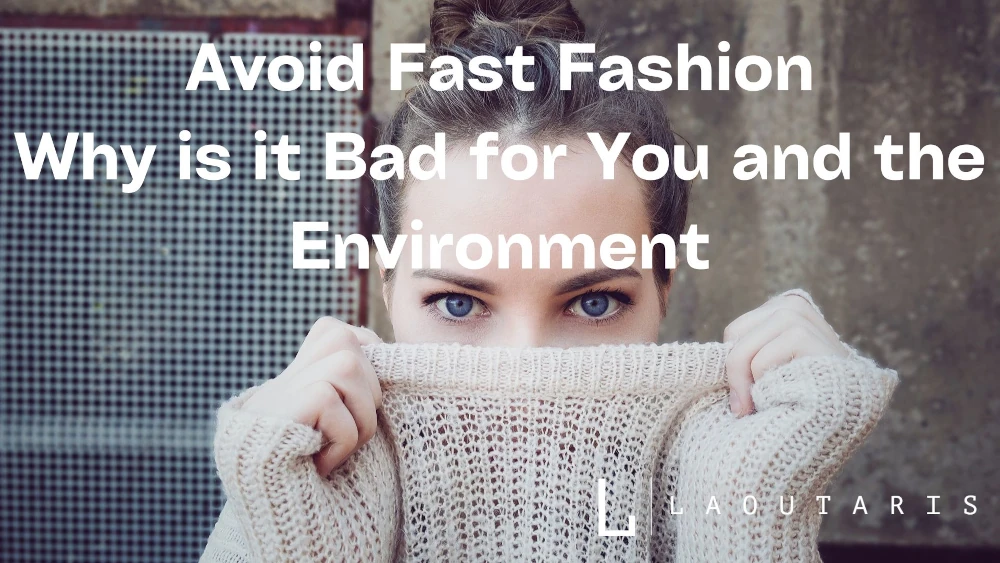
Can you be more specific about the content of your article? After reading it, I still have some doubts. Hope you can help me.
We are a bunch of volunteers and opening a brand new scheme in our community. Your web site provided us with helpful information to work on. You have performed an impressive process and our entire group shall be grateful to you.
Your point of view caught my eye and was very interesting. Thanks. I have a question for you.
Thank you for your sharing. I am worried that I lack creative ideas. It is your article that makes me full of hope. Thank you. But, I have a question, can you help me?
I visited a lot of website but I believe this one has got something special in it in it